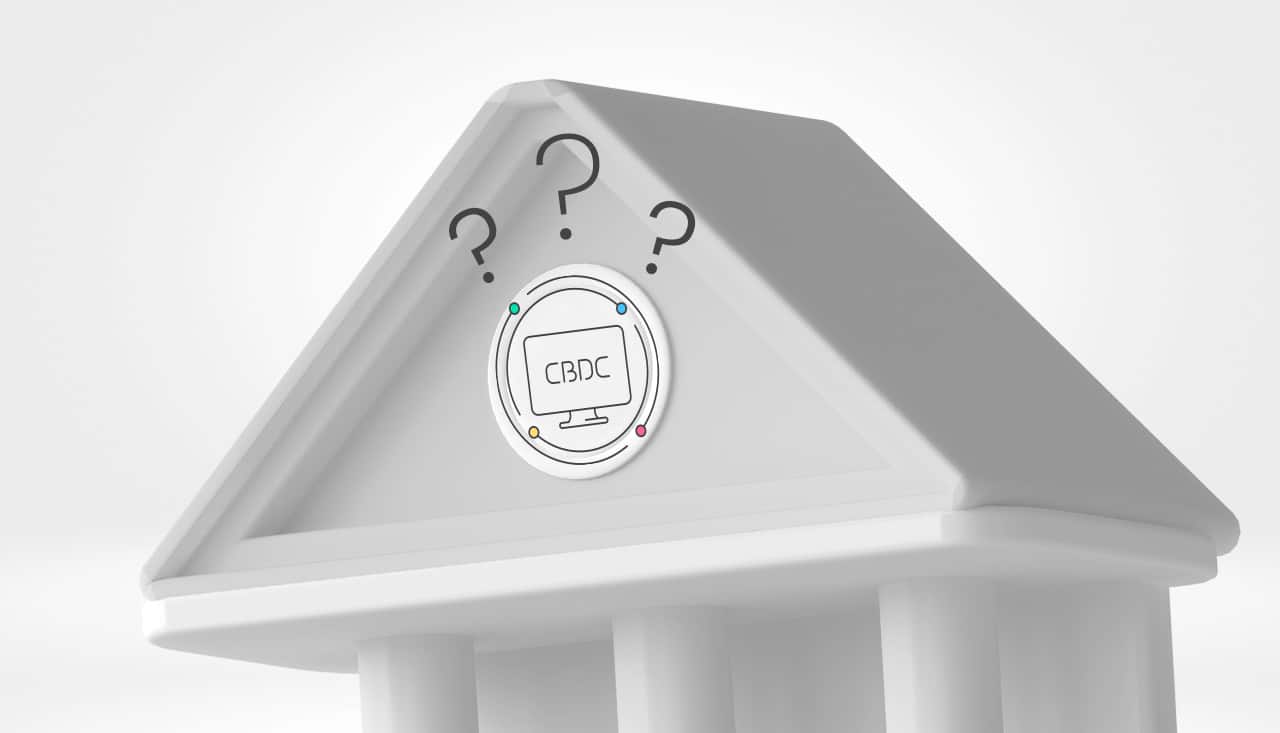
“Money is a terrible master but an excellent servant.”
P.T. Barnum
The story of lending is as old as civilization itself. From ancient times to the modern era, the act of lending money has been a crucial part of economic development. However, this vital process has not always been equitable. In historical contexts, the power in lending relationships was overwhelmingly skewed in favor of lenders. This imbalance often left borrowers, especially those from vulnerable sections of society, at a significant disadvantage.
Current Landscape
Fast forward to today, and the landscape of lending has undergone substantial changes, yet disparities persist. The advent of technology and fintech innovations, like those introduced by FreshCredit, promises a more balanced future. But to appreciate the path to equality, it’s essential to understand the long-standing imbalances in traditional lending. In this blog post, we’ll explore the roots of this power disparity and how modern solutions, including FreshCredit’s initiatives, aim to create a more equitable lending environment. Join us as we delve into the past, examine the present, and look towards a future where lending serves as a tool for empowerment, not just profit.
Table 2: Debt Service Suspension Initiative (DSSI) Statistics
| Year | External Debt Stock (Billions) | Public Debt as a Percentage of GNI | Share of Debt by Official Creditors |
|---|---|---|---|
| 2010 | $370 billion | 30% | 79% |
| 2011 | $390 billion | 31% | 79% |
| 2012 | $410 billion | 31% | 80% |
| 2013 | $450 billion | 32% | 80% |
| 2014 | $500 billion | 32% | 80% |
| 2015 | $550 billion | 32% | 81% |
| 2016 | $600 billion | 33% | 81% |
| 2017 | $650 billion | 33% | 81% |
| 2018 | $700 billion | 33% | 81% |
| 2019 | $744 billion | 33% | 81% |
The Power Imbalance: A Closer Look
Traditional Lenders vs. Borrowers
The power dynamics in traditional lending have historically favored lenders – banks, credit unions, and other financial institutions. This imbalance stems from the lenders’ ability to dictate terms, set interest rates, and decide who qualifies for a loan. As a result, many borrowers, particularly those with less financial stability or lower credit scores, often find themselves at a disadvantage, struggling to access the funds they need at fair terms.
Impact on Minorities and Low-Income Households
The impact of this imbalance is most acutely felt by minorities and low-income households. Studies show that these groups often face higher interest rates, stricter loan terms, and a higher likelihood of loan denial. For example, data from the Federal Reserve’s Home Mortgage Disclosure Act indicates a significant reduction in lending to low-income borrowers by major banks over recent years. Additionally, there is a notable disparity in loan approvals between minority and white applicants, further exacerbating the inequality in financial access.
Changing Tides in Lending Practices
Rise of Fintech
The financial technology, or fintech, revolution has begun to reshape the lending landscape. Companies like FreshCredit are leveraging technology to offer more transparent, fair, and accessible lending solutions. This shift is driven by a desire to democratize financial services, making them available to a broader spectrum of people, irrespective of their economic background.
FreshCredit stands out as a pioneer in this new era of lending. By using data analytics, AI, and machine learning, FreshCredit assesses creditworthiness more holistically, moving beyond traditional credit scores. This approach allows for more inclusive lending practices, catering to those who were previously marginalized by conventional lending systems.
Table 1: External Debt of Low- and Middle-Income Countries
| Year | Total External Debt (Trillions) | Debt-to-GNI Ratio > 60% (Percentage of Countries) | Debt-to-GNI Ratio > 100% (Percentage of Countries) |
|---|---|---|---|
| 2010 | $4.0 trillion | 20% | 6% |
| 2011 | $4.3 trillion | 21% | 7% |
| 2012 | $4.6 trillion | 22% | 7% |
| 2013 | $5.0 trillion | 23% | 8% |
| 2014 | $5.4 trillion | 24% | 8% |
| 2015 | $5.8 trillion | 25% | 8% |
| 2016 | $6.2 trillion | 27% | 9% |
| 2017 | $6.7 trillion | 29% | 9% |
| 2018 | $7.3 trillion | 31% | 9% |
| 2019 | $8.1 trillion | 33% | 9% |
Impact of Technology on Lending
Democratizing Access & Enhancing Transparency
Technology in lending isn’t just about convenience; it’s a powerful tool for social equity. Online platforms and mobile applications make it easier for people to apply for loans, reducing the barriers posed by traditional banking systems. This increased accessibility can be a game-changer for underserved communities.
Transparency is another significant advantage of technology-driven lending. Platforms like FreshCredit offer clear, straightforward information about loan terms, fees, and repayment schedules. This clarity empowers borrowers, allowing them to make more informed financial decisions.
The Role of Regulations and Policies
Government Interventions & Consumer Protection Laws
Regulations play a crucial role in ensuring fair lending practices. Governments worldwide have introduced laws to protect consumers from predatory lending and ensure transparency and fairness in the financial sector. These regulations are essential in creating a level playing field and preventing the exploitation of vulnerable borrowers.
Consumer protection laws are a cornerstone of these regulatory efforts. They aim to safeguard borrowers from unfair practices, such as hidden fees or misleading terms, and ensure that lenders provide clear and accurate information about loan products.
Case Studies: Successes and Failures
Examples of Equitable Lending, Lessons learned
Throughout history, there have been instances where lending practices have successfully bridged the gap between different economic classes. These cases often involve innovative approaches to credit assessment, community-based lending, or government-backed programs designed to support underprivileged sections of society.
However, the journey hasn’t been without failures. High-profile cases of predatory lending, leading to widespread foreclosures, highlight the need for vigilance and continuous improvement in lending practices. Learning from these failures is crucial in building a more equitable lending system.
FreshCredit’s Innovations
Technology Integration with Customer-Centric Models
FreshCredit’s use of cutting-edge technology has been a game-changer in the lending industry. By integrating advanced algorithms and big data analytics, we provide more accurate and fair assessments of borrowers’ creditworthiness, reducing biases inherent in traditional methods.
At the heart of FreshCredit’s philosophy is a customer-centric approach. We focus on understanding and meeting the unique needs of each borrower, ensuring that services are not just financially sound but also socially responsible.
The Future of Lending
Predictions
As we look ahead, the future of lending appears to be increasingly digital and inclusive. The integration of AI and machine learning in financial services is expected to continue, further revolutionizing how creditworthiness is assessed and loans are distributed. These technologies promise a more personalized and equitable lending experience for all.
One emerging trend is the growth of peer-to-peer (P2P) lending platforms, which bypass traditional financial institutions altogether. These platforms connect borrowers directly with individual lenders, often resulting in more favorable terms for both parties.
The Path Forward
The journey from the power imbalances of traditional lending to the more equitable practices of today has been long and complex. Innovations by companies like FreshCredit, along with advancements in technology and supportive regulations, have played pivotal roles in this transformation.
Looking forward, the key to sustaining this progress lies in continuing innovation, adherence to fair practices, and a commitment to financial inclusion. As we embrace these principles, the potential of lending as a tool for social and economic empowerment becomes increasingly attainable.






























